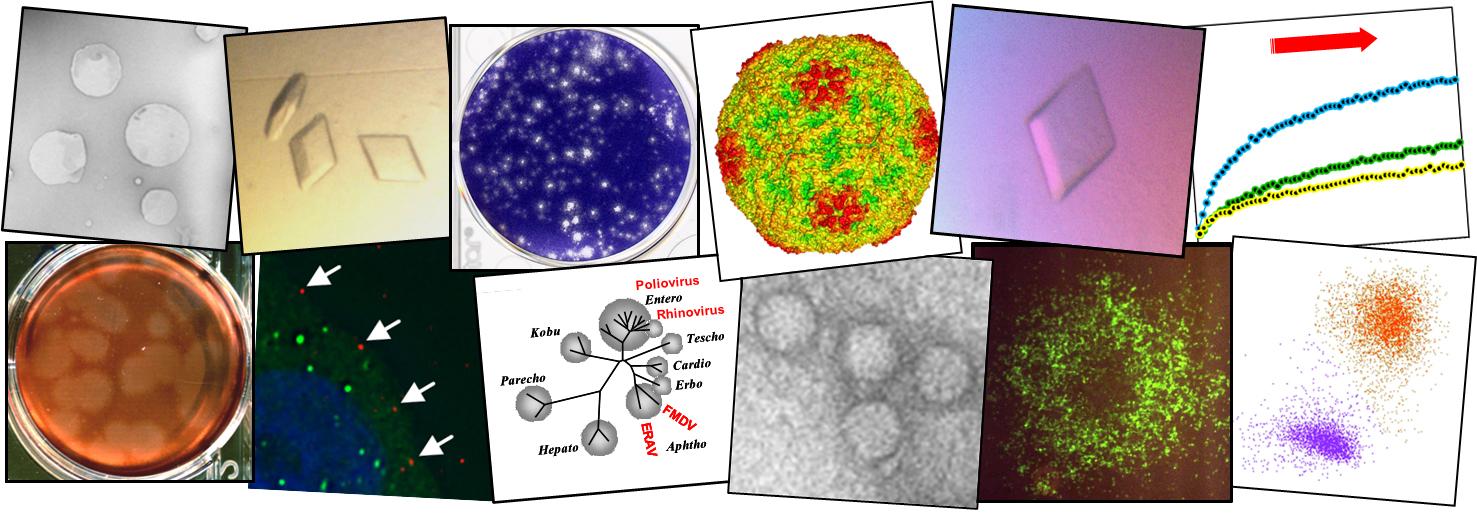Foot-and-mouth disease virus replicates independently of phosphatidylinositol 4-phosphate and type III phosphatidylinositol-4-kinases
Picornaviruses form replication complexes in association with membranes in structures called replication organelles. Common themes to emerge from studies of picornavirus replication are the need for cholesterol and phosphatidylinositol 4-phosphate (PI4P). In infected cells, type III phosphatidylinositol-4-kinases (PI4KIII) generate elevated levels of PI4P, which is then exchanged for cholesterol at replication organelles. For the enteroviruses, replication organelles form at Golgi membranes in a process that utilises PI4KIII?. Other picornaviruses, for example the cardioviruses, are believed to initiate replication at the ER and subvert PI4KIII? to generate PI4P. Here we have investigated the role of type III PI4K in FMDV replication. Our results show that, in contrast to the enteroviruses and the cardioviruses, FMDV replication does not require PI4KIII (PI4KIII? and PI4KIII?), and PI4P levels do not increase in FMDV-infected cells and PI4P is not seen at RO. These results point to a unique requirement towards lipids at the FMDV replication membranes.

